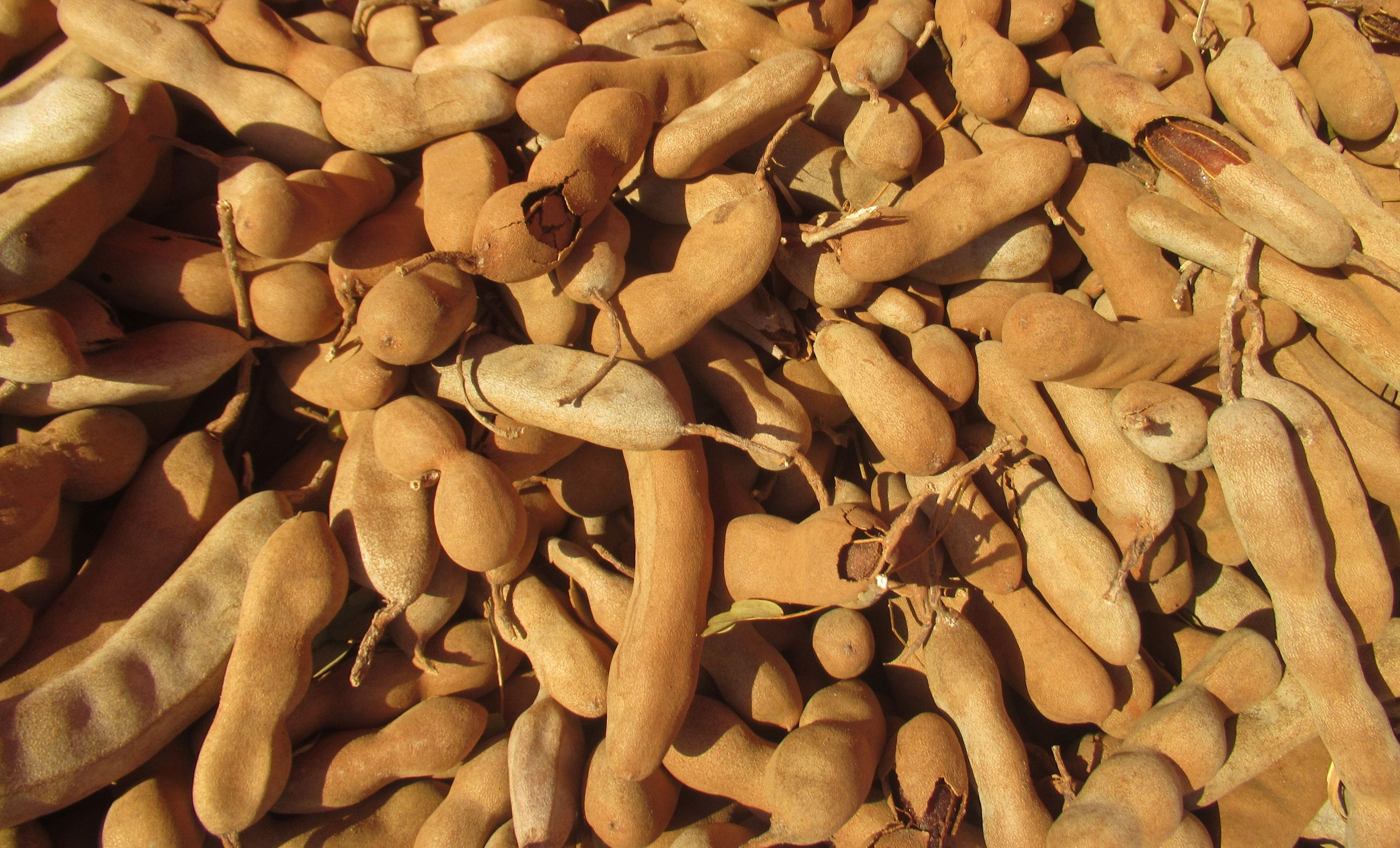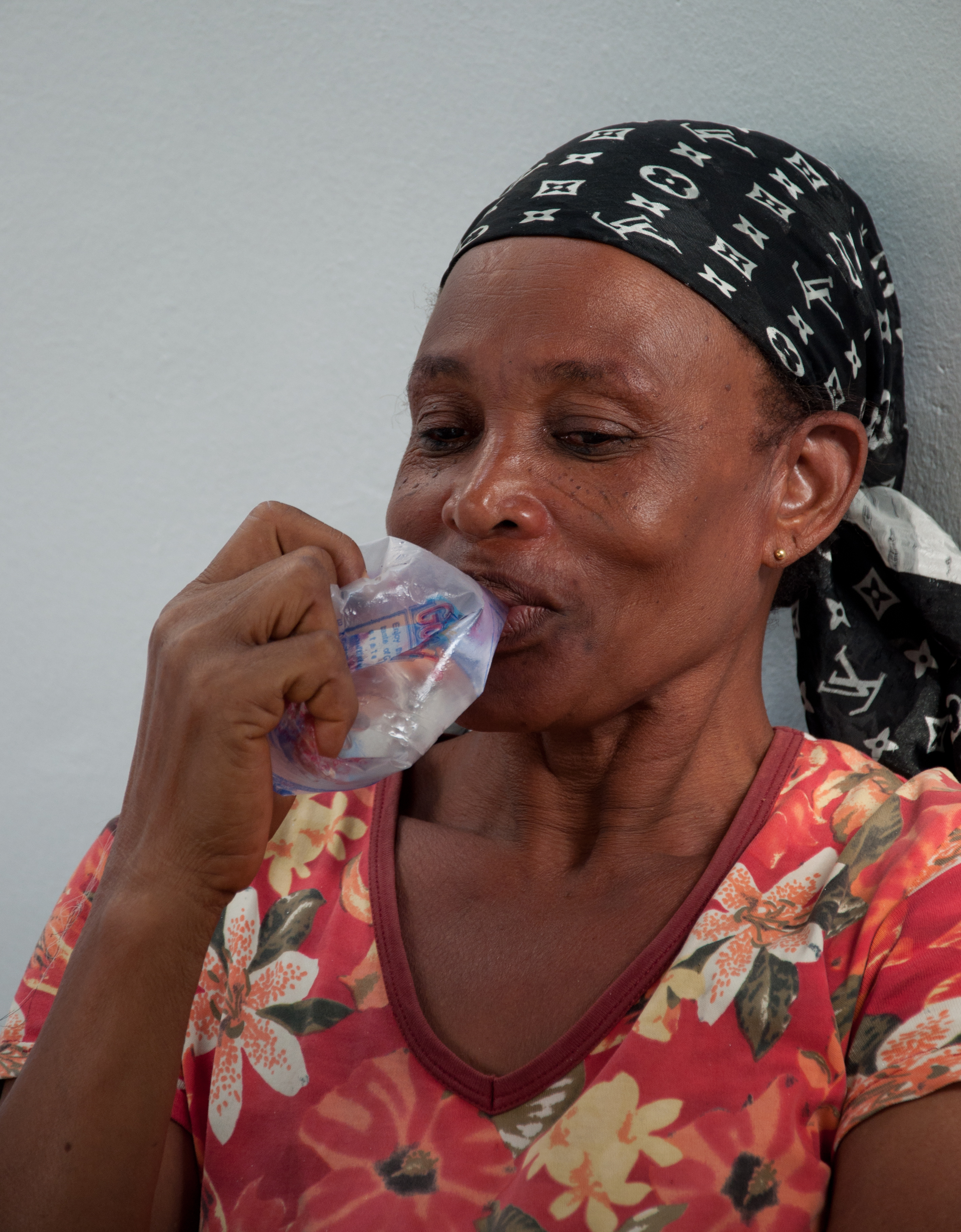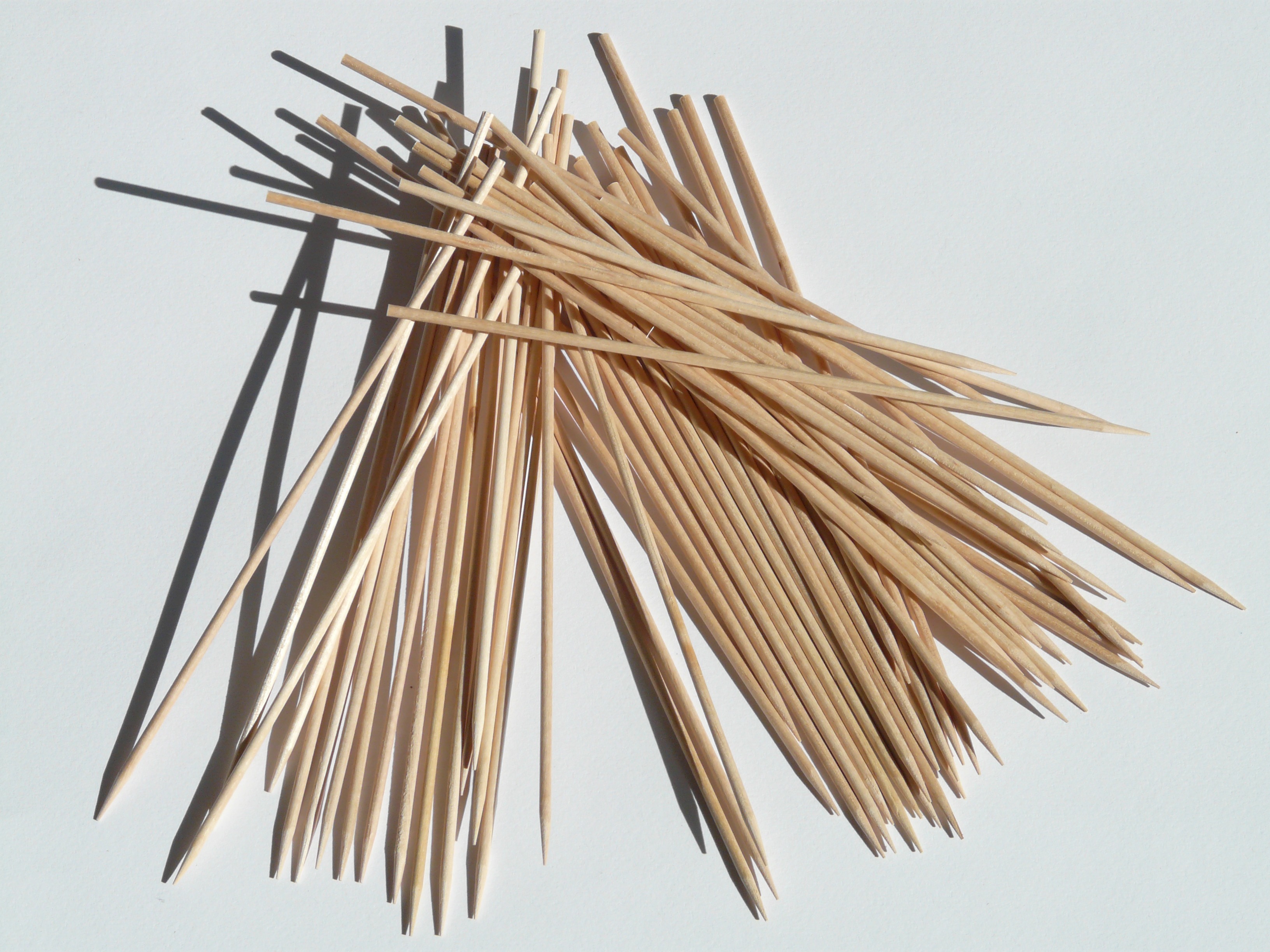|
Regional Street Food
Regional street food is street food that has commonalities within a region or culture. Description Street foods—ready-to-eat food or drink sold in a street or other public place, such as a market or fair, by a hawker or vendor, often from a portable stall— have variations within both regions and cultures. For example, Dorling Kindersley describes the street food of Vietnam as being "fresh and lighter than many of the cuisines in the area" and "draw ngheavily on herbs, chile peppers and lime," while street food of Thailand is "fiery" and "pungent with shrimp paste... and fish sauce" with New York City's signature street food being the hot dog, although the offerings in New York also range from "spicy Middle Eastern falafel or Jamaican jerk chicken to Belgian waffles." In Hawaii, the local street food tradition of "Plate Lunch" (rice, macaroni salad and a portion of meat) was inspired by the ''bento'' of the Japanese who had been brought to Hawaii as plantation workers. ... [...More Info...] [...Related Items...] OR: [Wikipedia] [Google] [Baidu] |
Street Food
Street food is food sold by a Hawker (trade), hawker or vendor on a street or at another public place, such as a market, fair, or park. It is often sold from a portable food booth, food cart, or food truck and is meant for immediate consumption. Some street foods are regional, but many have spread beyond their regions of origin. Most street foods are classified as both finger food and fast food, and are generally cheaper than restaurant meals. The List of street foods, types of street food vary between regions and cultures in different countries around the world. According to a 2007 study from the Food and Agriculture Organization, 2.5 billion people eat street food every day. While some cultures consider it to be rude to walk on the street while eating, a majority of middle- to high-income consumers rely on the quick access and affordability of street food for daily nutrition and job opportunities, particularly in developing countries. Today governments and other organization ... [...More Info...] [...Related Items...] OR: [Wikipedia] [Google] [Baidu] |
Tamarind
Tamarind (''Tamarindus indica'') is a Legume, leguminous tree bearing edible fruit that is indigenous to tropical Africa and naturalized in Asia. The genus ''Tamarindus'' is monotypic taxon, monotypic, meaning that it contains only this species. It belongs to the family Fabaceae. The tamarind tree produces brown, pod-like fruits that contain a sweet, tangy pulp, which is used in cuisines around the world. The pulp is also used in traditional medicine and as a metal polish. The tree's wood can be used for woodworking and #Seed oil and kernel powder, tamarind seed oil can be extracted from the seeds. Tamarind's tender young leaves are used in Indian cuisine, Indian and Filipino cuisine. Because tamarind has multiple uses, it is cultivated around the world in Tropical zone, tropical and Subtropics, subtropical zones. Description The tamarind is a long-living, medium-growth tree, which attains a maximum crown (botany), crown height of . The crown has an irregular, vase-shape ... [...More Info...] [...Related Items...] OR: [Wikipedia] [Google] [Baidu] |
Gatsby (sandwich)
A Gatsby is a South African submarine sandwich consisting of a bread roll filled with chips (French fries) and a choice of fillings and sauces. It originated in Cape Town and is popular throughout the Western Cape province. The sandwich is typically large and shared by several people. Recipe There is no standard recipe for a Gatsby, but it is usually offered in a long (one foot or more) French-style bread roll cut lengthwise. Other breads used may include hot dog buns or roti flat breads, although a filled roti is usually referred to as a salomie. The sandwich is made large to be shared, usually four ways. The filling of a Gatsby comprises chips with any number of other ingredients such as meats, fish and eggs. Meat fillings may include chargrilled steak, masala steak, chicken, boloney sausage, Vienna sausage and Russian sausage. Fried or pickled fish, calamari, curry and eggs are also frequently offered. The fillings are commonly dressed with achar pickles or peri ... [...More Info...] [...Related Items...] OR: [Wikipedia] [Google] [Baidu] |
Cape Town
Cape Town is the legislature, legislative capital city, capital of South Africa. It is the country's oldest city and the seat of the Parliament of South Africa. Cape Town is the country's List of municipalities in South Africa, second-largest city by population, after Johannesburg, and the largest city in the Western Cape. The city is part of the City of Cape Town metropolitan municipality (South Africa), metropolitan municipality. The city is known for Port of Cape Town, its harbour, its natural setting in the Cape Floristic Region, and for landmarks such as Table Mountain and Cape Point. In 2014, Cape Town was named the best place in the world to visit by ''The New York Times'', and was similarly ranked number one by ''The Daily Telegraph'' in both 2016 and 2023. Located on the shore of Table Bay, the City Bowl area of Cape Town, which contains its Cape Town CBD, central business district (CBD), is History of Cape Town, the oldest urban area in the Western Cape, with a signi ... [...More Info...] [...Related Items...] OR: [Wikipedia] [Google] [Baidu] |
Township (South Africa)
In South Africa, the terms township and location usually refers to an underdevelopment, under-developed, racial segregation, racially segregated urban area, urban area, from the late 19th century until the end of apartheid, were reserved for non-whites, namely Bantu peoples in South Africa, Black Africans, Coloureds and South African Indians, Indians. Townships were usually built on the periphery of towns and cities. The term ''township'' also has a distinct #Legal meaning, legal meaning in South African property law, South Africa's system of land title, which carries no racial connotations. Townships for non-whites were also called ''locations'' or ''lokasies'' in Afrikaans and are often still referred to as such in the smaller towns. The slang term "kasie / kasi", a popular short version of "lokasie" is also used. Townships sometimes have large shanty town, informal settlements nearby. History Early development During 1900–1950 (roughly), the majority of the black popu ... [...More Info...] [...Related Items...] OR: [Wikipedia] [Google] [Baidu] |
Braai
Barbecue varies by the type of meat, sauce, Spice rub, rub, or other flavorings used, the point in barbecuing at which they are added, the role smoke plays, the equipment and fuel used, cooking temperature, and cooking time. The meat may be whole, ground (for hamburgers), or processed into sausage or kebabs. The meat may be marinated or rubbed with Spice rub, spices before cooking, basted with a sauce or oil before, during or after cooking, or any combination of these. Africa South Africa In South Africa, a ''braai'' (plural ''braais'') is a barbecue or Grilling, grill and is a social custom in much of Southern Africa. The term originated with the Afrikaners, but has since been adopted by South Africans of many ethnic backgrounds. The Afrikaans language, Afrikaans word ''braaivleis'' (; ) means grilled meat. The word ''vleis'' is Afrikaans for meat, cognate with English ''flesh''. ''Braai'' is regarded by some as another word for barbecue, in that it serves as a verb when ... [...More Info...] [...Related Items...] OR: [Wikipedia] [Google] [Baidu] |
Boerewors
Boerewors () is a type of sausage which originated in South Africa. It is an important part of South African, Zimbabwean cuisine and is popular across Southern Africa. The name is derived from the Afrikaans words (literally, a farmer) and ('sausage'). According to South African government regulation, boerewors must contain at least 90 percent meat or fat from beef, pork, lamb or goat. The other 10% is made up of spices and other ingredients. Not more than 30% of the meat content may be fat. Boerewors may not contain offal other than the casings, or any mechanically separated meat (as recovered through a process where meat and bone are mechanically separated). History Boerewors is made from coarsely minced beef, minced pork, lamb and or goat. When locally available antelopes such as springbok or oryx are included, the sausage must be labeled with the species from which the meat originates. It also contains spices (usually toasted coriander seed, black pepper, nutmeg, clove ... [...More Info...] [...Related Items...] OR: [Wikipedia] [Google] [Baidu] |
Gatsby (1) and Thomas Bar ...
Gatsby may refer to: * ''The Great Gatsby'', a 1925 novel by F. Scott Fitzgerald ** The Great Gatsby (other), an index of film adaptations of the novel ** Jay Gatsby, the novel's central character Other uses * Gatsby cap, a hat with a stiff front brim * Gatsby (JavaScript framework), a static site generator based on React * Gatsby (sandwich), a South African food * GATSBY, a Japanese cosmetic brand under Mandom * Gatsby Charitable Foundation, a grant-making trust in London * Gatsbys American Dream, a progressive rock band from Seattle, Washington * '' Gatsby: An American Myth'': a 2024 musical by Florence Welch Florence Leontine Mary Welch (born 28 ... [...More Info...] [...Related Items...] OR: [Wikipedia] [Google] [Baidu] |
Sachet Water
Water sachets or sachet water is a common form of selling pre-filtered or sanitized water in plastic, heat sealed bags in parts of the global south, and are especially popular in Africa. Water sachets are cheaper to produce than plastic bottles, and easier to transport. In some countries, water vendors refer to sachet water as "pure water". High demand, and poor collection of waste from consumers, has resulted in significant plastic pollution and waste from sachets throughout the West Africa. Accumulation of sachets frequently causes blocked stormwater drainage, and other issues. Some countries, such as Senegal, have banned disposable sachets. Because sachets are frequently filled in small and often unregulated facilities, inadequate sanitary conditions can occasionally result in disease or contamination. However, in countries like Ghana consumers still prefer that access over other forms of venders, with a perception of lower risk. This form of water distribution provides vi ... [...More Info...] [...Related Items...] OR: [Wikipedia] [Google] [Baidu] |
West Africa
West Africa, also known as Western Africa, is the westernmost region of Africa. The United Nations geoscheme for Africa#Western Africa, United Nations defines Western Africa as the 16 countries of Benin, Burkina Faso, Cape Verde, The Gambia, Ghana, Guinea, Guinea-Bissau, Ivory Coast, Liberia, Mali, Mauritania, Niger, Nigeria, Senegal, Sierra Leone, and Togo, as well as Saint Helena, Ascension and Tristan da Cunha (United Kingdom Overseas Territories, United Kingdom Overseas Territory).Paul R. Masson, Catherine Anne Pattillo, "Monetary union in West Africa (ECOWAS): is it desirable and how could it be achieved?" (Introduction). International Monetary Fund, 2001. The population of West Africa is estimated at around million people as of , and at 381,981,000 as of 2017, of which 189,672,000 were female and 192,309,000 male.United Nations Department of Economic and Social Affairs, Population Division (2017). World Population Prospects: The 2017 Revision, custom data acquired via webs ... [...More Info...] [...Related Items...] OR: [Wikipedia] [Google] [Baidu] |
Chin Chin
Chin chin is a fried snack from Nigeria . It is known as atchomon in Togo and Benin, achomo in Ghana, and croquette or chin chin in Cameroon. It is similar to the Scandinavian snack klenat, a crunchy, donut-like baked or fried dough of wheat flour. Chin chin may contain cowpeas. Many people bake it with ground nutmeg for added flavor. The dough is usually kneaded and cut into small one-inch (or so) squares, about a quarter of an inch thick, before frying. Ingredients Chin chin is made of dough containing flour, sugar, butter, and milk. Optional ingredients include eggs, sugar and baking powder according to individual preference. The dough is cut into various shapes and sizes, then typically deep-fried in vegetable oil Vegetable oils, or vegetable fats, are oils extracted from seeds or from other parts of edible plants. Like animal fats, vegetable fats are ''mixtures'' of triglycerides. Soybean oil, grape seed oil, and cocoa butter are examples of seed .... G ... [...More Info...] [...Related Items...] OR: [Wikipedia] [Google] [Baidu] |
Brochettes
A skewer is a thin metal or wood stick used to hold pieces of food together. The word may sometimes be used as a metonym, to refer to the entire food item served on a skewer, as in "chicken skewers". Skewers are used while grilling or roasting meats and fish, and in other culinary applications. In English, brochette is a borrowing of the French word for skewer. In cookery, ''en brochette'' means 'on a skewer', and describes the form of a dish or the method of cooking and serving pieces of food, especially grilled meat or seafood, on skewers; for example "lamb cubes en brochette". Skewers are often used in a variety of kebab dishes. Utensil Metal skewers are typically stainless steel rods with a pointed tip on one end and a grip of some kind on the other end for ease of removing the food. Non-metallic skewers are often made from bamboo, as well as hardwoods such as birch, beech, or other suitable wood. Prior to grilling, wooden skewers may be soaked in water to avoid burning. ... [...More Info...] [...Related Items...] OR: [Wikipedia] [Google] [Baidu] |






